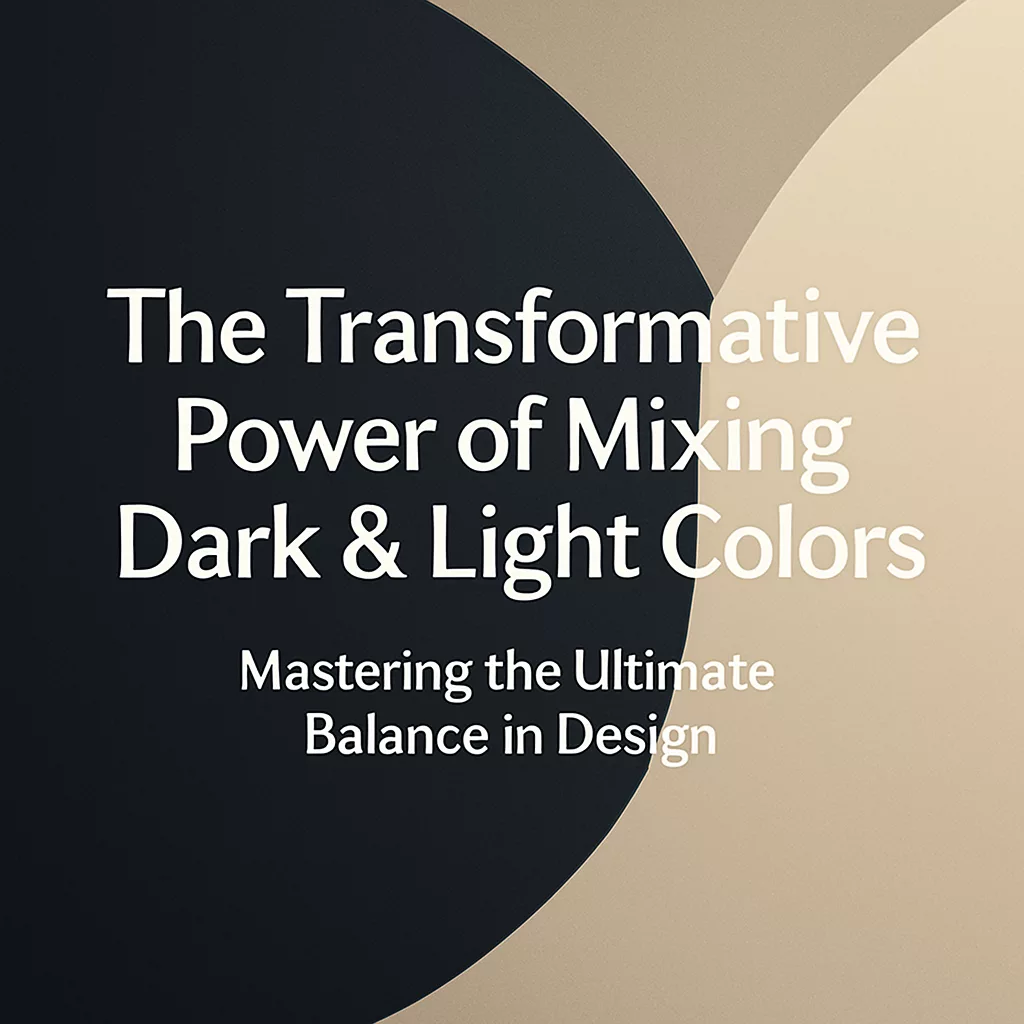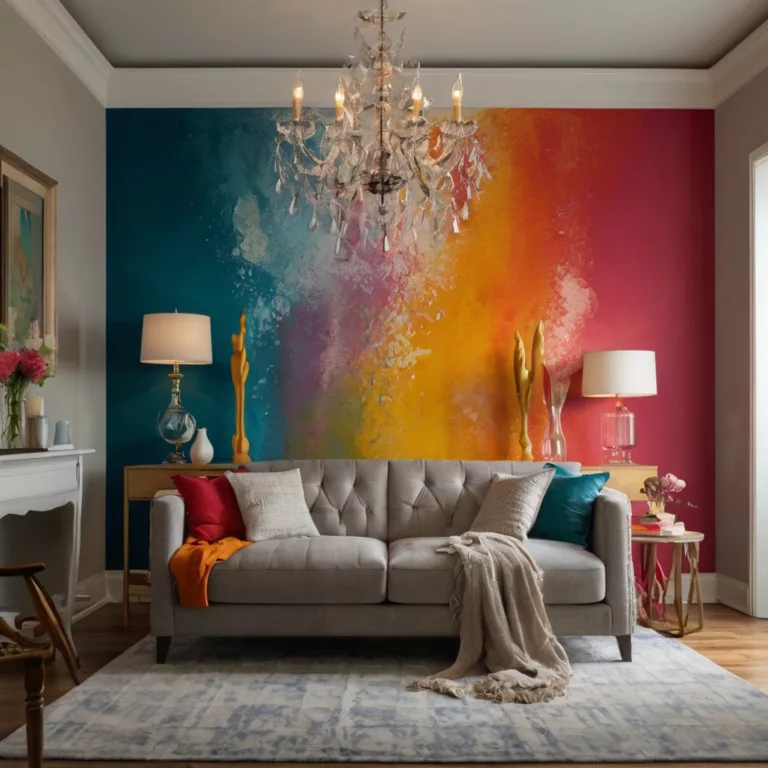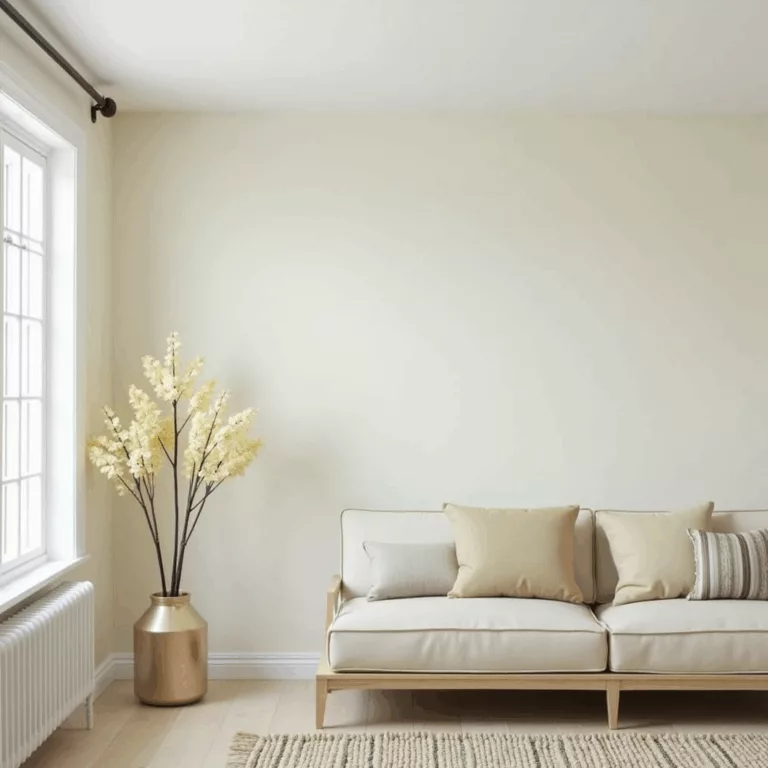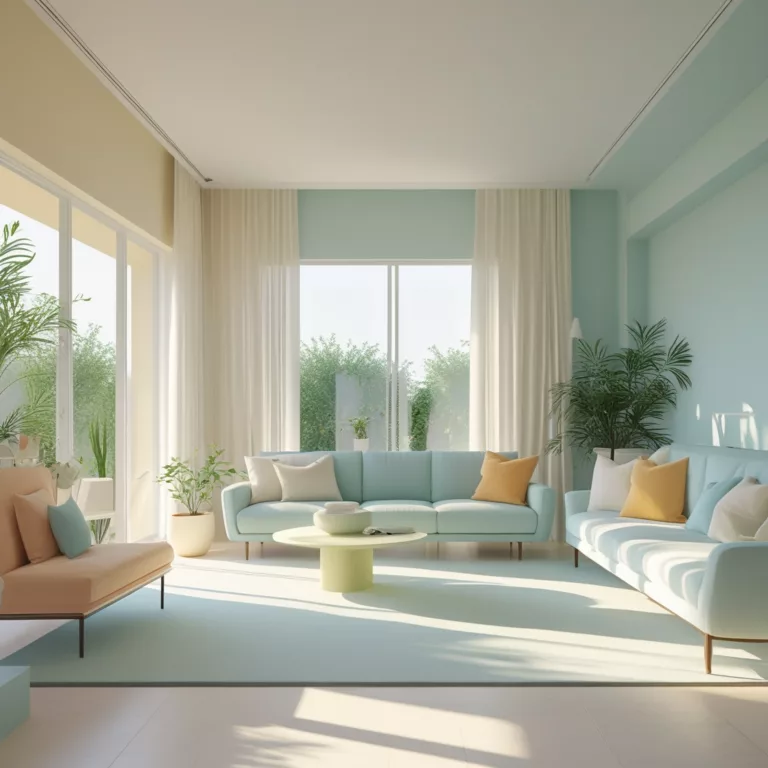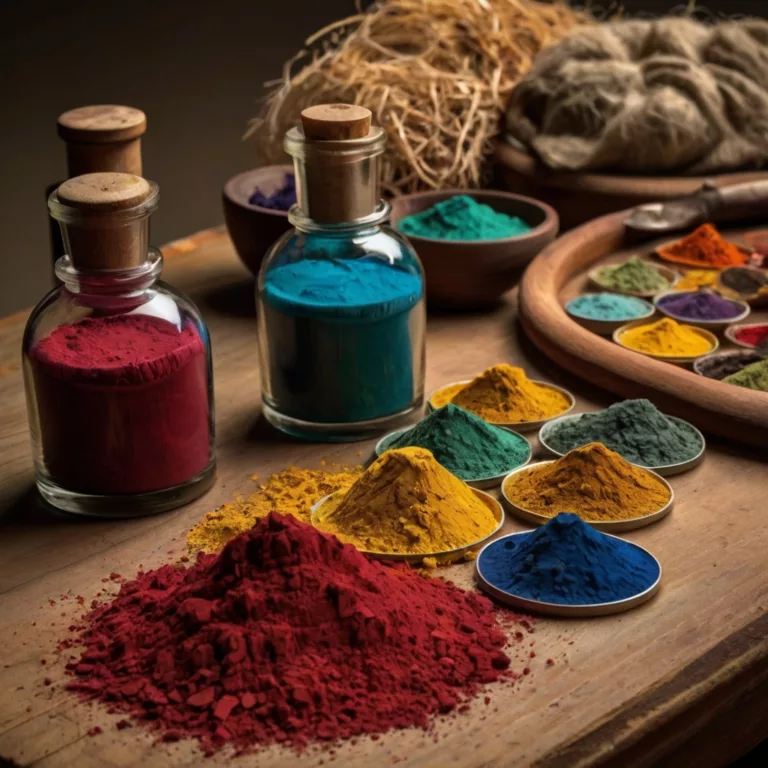The Transformative Power of Mixing Dark & Light Colors: Mastering the Ultimate Balance in Design
The Fundamental Dance of Light and Shadow
The art of mixing dark & light colors represents one of the most essential and transformative skills in the designer’s toolkit. Far beyond simple aesthetic preference, the deliberate interplay between dark and light elements creates the foundation for visual hierarchy, spatial perception, and emotional resonance within any interior space. This comprehensive exploration will delve deeply into the principles, applications, and psychological impacts of achieving the perfect balance between light and shadow in design.
When we observe the most enduring designs throughout history—from Renaissance paintings to contemporary architectural masterpieces—we find a common thread: the masterful understanding of how mixing dark & light colors creates visual tension, dimension, and energy. This fundamental contrast exists in nature itself, where the alternation between darkness and light defines our perception of the physical world.
For interior designers, artists, and homeowners alike, understanding how to harmonize these opposing forces transforms ordinary spaces into extraordinary experiences. The perfect balance isn’t merely appealing to the eye—it fundamentally shapes how we feel within a space, how we navigate through it, and how we remember it.
The Science Behind Color Perception and Contrast
How Our Eyes Process Light and Dark
The human visual system has evolved specifically to detect contrasts between dark & light colors rather than absolute light levels. This evolutionary adaptation explains why contrast ratios matter more than individual color values in design. When light receptors in our retinas—specifically the rods and cones—process visual information, they rely on differences in brightness and saturation to interpret spatial relationships.
Research from the field of neuroaesthetics reveals that the visual cortex responds most actively when processing high-contrast imagery. This heightened neural response explains why spaces with thoughtful mixing of dark & light colors feel more engaging and memorable than monochromatic environments.
The Physics of Color Relationships
The scientific principles underlying color relationships provide crucial insights for designers seeking to master mixing dark & light colors:
- Value contrast: The measurable difference in lightness between colors, quantifiable on a scale from 0 (absolute black) to 100 (pure white)
- Simultaneous contrast: The phenomenon where colors appear lighter when placed against dark backgrounds and darker when placed against light backgrounds
- Spatial effects: The tendency of dark colors to visually recede while light colors advance, creating depth without physical dimension
- Reflectance values: The percentage of light reflected from surfaces, influencing how colors interact with natural and artificial lighting
Understanding these principles allows designers to manipulate perception in powerful ways, creating spaces that feel larger, more intimate, more energetic, or more serene through strategic mixing of dark & light colors.
Historical Perspectives on Light and Dark Balancing
Classical Approaches to Chiaroscuro
The Italian Renaissance masters pioneered techniques for mixing dark & light colors that continue to influence contemporary design. Caravaggio and Leonardo da Vinci developed chiaroscuro the dramatic use of light and shadow to create unprecedented depth and emotional impact in their works. These artistic innovations established principles that translate directly to interior spaces:
- Strong directional lighting creating focal points
- Graduated transitions between light and shadow
- Strategic placement of high-contrast elements to direct the viewer’s gaze
- Creating atmospheric dimension through layered translucency
These classical approaches demonstrate that mixing dark & light colors isn’t merely decorative but fundamentally shapes narrative and emotional experience within a space.
Eastern Philosophies of Balance
Eastern design traditions offer complementary wisdom on mixing dark & light colors through concepts like yin and yang. Japanese interior design, particularly in traditional spaces, emphasizes the harmonious balance between light and shadow as essential to spiritual wellbeing. The concept of “ma” the meaningful space between elements relies on contrast to define boundaries and create contemplative environments.
These philosophical approaches remind contemporary designers that the perfect balance between dark and light transcends trends, connecting to universal human experiences of rhythm, transition, and harmony.
Psychological Impacts of Dark and Light Balancing
Emotional Responses to Contrast Levels
Research in environmental psychology confirms that different approaches to mixing dark & light colors trigger distinct emotional and physiological responses:
- High-contrast environments (dramatic differences between dark and light) increase alertness, stimulate creativity, and enhance memory formation
- Lower-contrast environments (subtle gradations between similar values) promote relaxation, reduce stress markers, and encourage contemplative states
- Strategic contrast (focused areas of high contrast against harmonious backgrounds) directs attention and creates hierarchy without overwhelming the senses
These findings provide evidence-based guidelines for selecting appropriate contrast levels based on a space’s intended function and desired emotional impact.
Cultural and Individual Variables
While certain responses to mixing dark & light colors appear universal, significant cultural and individual differences influence perception:
- Cultural associations with lightness and darkness vary dramatically across global traditions
- Personal experiences and memories create unconscious preferences for specific contrast levels
- Age-related changes in vision affect contrast sensitivity, making older adults generally prefer higher contrast environments
- Neurodivergent individuals may experience contrast differently, with conditions like autism sometimes associated with heightened sensitivity to high-contrast environments
This diversity of experience reminds designers to consider both universal principles and individual needs when developing color strategies.
Fundamental Techniques for Mixing Dark and Light
The 60-30-10 Rule Reimagined
The classic 60-30-10 distribution rule provides a starting framework for mixing dark & light colors, but contemporary applications have evolved beyond simply allocating percentages to primary, secondary, and accent colors:
- Balance-forward approach: Using the rule to distribute light and dark values regardless of hue, creating coherent value structures
- Layered application: Applying the rule at multiple scales simultaneously—from architectural elements to furnishings to accessories
- Dynamic interpretation: Adjusting proportions based on natural light conditions, with darker spaces requiring more light-value surfaces
- Sectional variation: Varying the dark-light balance between connected spaces to create rhythm and transition experiences
These sophisticated applications transform a basic guideline into a powerful system for creating nuanced environments through thoughtful mixing of dark & light colors.
Value Mapping as a Design Tool
Professional designers increasingly utilize value mapping creating grayscale representations of color schemes to perfect their approach to mixing dark & light colors:
- Converting color palettes to grayscale to evaluate contrast relationships independent of hue
- Identifying value clusters and ensuring appropriate distribution across the light-dark spectrum
- Analyzing focal points and flow patterns based solely on value contrasts
- Testing multiple lighting scenarios using digital value simulations
This methodical approach ensures that spaces maintain visual coherence and functional contrast regardless of color palette, time of day, or lighting conditions.
Practical Applications in Interior Spaces
Living Areas: Creating Dynamic Comfort
Living rooms and gathering spaces benefit from strategic mixing of dark & light colors that balance sociability with comfort:
- Anchoring seating arrangements with darker value elements against lighter surroundings
- Creating conversation-promoting focal points through high-contrast elements
- Using medium-value transitional zones to connect dark and light features
- Incorporating textural variations that create micro-contrasts within larger color blocks
These strategies create visually dynamic yet comfortable environments that facilitate both social interaction and personal relaxation.
Kitchens: Functional Contrast
In kitchen design, the balancing of dark & light colors serves both aesthetic and practical functions:
- Using contrast to distinguish work zones and improve task visibility
- Creating visual breaks between large cabinetry expanses through value alternation
- Establishing hierarchy between functional elements and decorative components
- Mitigating the visual impact of appliances through strategic value matching
These applications demonstrate how thoughtful contrast enhances both the functionality and visual appeal of utilitarian spaces.
Bedrooms: Calibrated Tranquility
Bedroom environments require particularly nuanced approaches to mixing dark & light colors:
- Creating visual weight that promotes psychological security and groundedness
- Developing gradual transitions from darker perimeters to lighter centers
- Incorporating reflective elements that modulate contrast throughout the day
- Using selective high-contrast moments for morning stimulation areas
These specialized techniques support the bedroom’s dual functions of rest and rejuvenation through carefully calibrated visual environments.
Bathrooms: Amplifying Space Through Value
The typically smaller dimensions of bathrooms make them ideal candidates for strategic mixing of dark & light colors:
- Using light values on larger planes to create perceptual expansion
- Incorporating dark accents to add depth without overwhelming the space
- Creating focal interest through controlled high-contrast zones
- Using reflective surfaces to multiply light and enhance value relationships
These approaches transform utilitarian spaces into visual experiences that feel more spacious and luxurious than their physical dimensions suggest.
Expert Techniques for Advanced Balance
Working with Value-Shifting Materials
Materials that actively change the relationship between dark & light colors depending on viewing angle, time of day, or interaction provide sophisticated design opportunities:
- Iridescent surfaces that transition across the value spectrum
- Reflective elements that capture and redistribute light in dark areas
- Translucent materials that create gradated value transitions
- Textiles with varying directional reflectance that change appearance throughout the day
These dynamic materials add temporal dimension to spaces, creating environments that evolve rather than remain static.
Creating Micro-Contrast Within Value Ranges
Sophisticated approaches to mixing dark & light colors often incorporate subtle contrast variations within limited value ranges:
- Developing rich visual texture through multiple shades within the same value family
- Creating depth through barely-perceptible value steps that reward extended viewing
- Using textural variation to create visual interest even in monochromatic schemes
- Incorporating pattern to create optical mixing of values at different viewing distances
These refinements create visually complex environments that maintain overall harmony while providing sustained visual interest.
Common Challenges and Solutions
Balancing in Low-Light Environments
Spaces with limited natural light present particular challenges for successfully mixing dark & light colors:
- Challenge: Dark colors absorbing already-limited available light
- Solution: Incorporating reflective finishes on darker elements to maintain dimension without light absorption
- Challenge: Low contrast visibility in evening conditions
- Solution: Layered lighting strategies that maintain critical contrast relationships after sunset
- Challenge: Color temperature shifts affecting perceived value relationships
- Solution: Selecting artificial lighting sources that maintain consistent color rendering
These adaptive strategies ensure that contrast relationships remain effective regardless of lighting conditions.
Harmonizing Across Open-Plan Spaces
Open-concept areas require unified approaches to mixing dark & light colors while maintaining zone identity:
- Creating value continuity through consistent relationship patterns rather than identical colors
- Developing transitional value pathways between contrasting zones
- Using architectural elements as natural boundaries for contrast shifts
- Maintaining consistent light-dark ratios while varying specific colors
These cohesive strategies create visual connection while preserving functional distinction between areas.
Cultural and Regional Variations
Mediterranean Approaches to Light and Shadow
Mediterranean design traditions offer distinct perspectives on mixing dark & light colors shaped by intense natural light conditions:
- High-contrast exteriors with brilliant white walls against deep shadow recesses
- Graduated interior transitions protecting against harsh light penetration
- Selective use of saturated color accents against neutral backgrounds
- Emphasis on material authenticity creating natural value variations
These regionally-evolved approaches demonstrate how environmental conditions shape effective contrast strategies.
Scandinavian Light Management
Nordic design has developed sophisticated techniques for mixing dark & light colors in response to extreme seasonal light variations:
- Year-round strategies accounting for both winter darkness and summer’s midnight sun
- Light-amplifying approaches that maximize limited natural illumination
- Strategic dark elements providing visual anchoring during high-light seasons
- High-reflectance surfaces creating luminosity even in minimal light conditions
These adaptations show how cultural responses to natural conditions create distinctive balance approaches with universal applications.
Technological Innovations Affecting Contrast Design
Dynamic Lighting Systems
Programmable lighting technology has revolutionized approaches to mixing dark & light colors by introducing temporal variation:
- Circadian lighting systems that adjust color temperature and intensity throughout the day
- Zone-specific illumination that can redefine contrast relationships for different activities
- Preset scenes that transform value hierarchies for different functions and moods
- Interactive systems responding to occupancy and usage patterns
These technologies transform static color relationships into dynamic experiences that evolve with human needs.
Digital Design Tools
Advanced visualization software has transformed how designers develop and test strategies for mixing dark & light colors:
- Virtual reality simulations allowing immersive experience of contrast relationships
- Time-lapse renderings showing how natural light movements affect value relationships
- Automated analysis identifying insufficient or excessive contrast areas
- Accessibility evaluations ensuring contrast meets universal design standards
These tools allow unprecedented precision in developing balanced environments that function effectively across changing conditions.
Sustainable Perspectives on Light-Dark Balance
Energy Efficiency Through Strategic Contrast
Thoughtful approaches to mixing dark & light colors contribute significantly to building efficiency:
- Using light-valued surfaces to reduce artificial lighting requirements
- Strategic dark elements absorbing and storing solar energy
- Contrast patterns directing natural light deeper into interior spaces
- Value-based zoning aligned with thermal management strategies
These integrated approaches demonstrate how aesthetic and environmental considerations can reinforce rather than compromise each other.
Biophilic Connections
Natural contrast patterns provide inspiration for biophilically-informed approaches to mixing dark & light colors:
- Dappled light effects mimicking forest canopy experiences
- Dawn/dusk transition colorways triggering positive physiological responses
- Horizon-inspired contrast gradients creating spatial orientation
- Seasonal color shift patterns maintaining connection to natural cycles
These nature-based strategies connect interior environments to evolutionary preferences for specific contrast patterns.
Future Trends in Dark-Light Balancing
Adaptive Environments
Emerging technologies point toward spaces that automatically adjust their mixing of dark & light colors based on occupant needs:
- Materials with tunable reflectance properties responding to environmental conditions
- AI systems learning individual contrast preferences and adjusting accordingly
- Interface-free environments that sense and respond to human physiological signals
- Seasonally adaptive buildings that modify color values based on exterior conditions
These developments suggest evolution toward environments that dynamically optimize contrast for wellbeing and function.
Contrast Minimalism
Counter to maximalist trends, a growing movement explores the power of subtle approaches to mixing dark & light colors:
- Ultra-refined value steps creating barely perceptible transitions
- Negative space becoming as important as positive elements
- Material authenticity prioritized over artificial contrast effects
- Reduced visual noise through controlled value relationships
This sophisticated restraint represents the maturation of contrast thinking beyond dramatic effects toward nuanced experience.
Conclusion: The Enduring Art of Balance
The pursuit of perfect balance when mixing dark & light colors represents one of design’s most enduring challenges and opportunities. As we’ve explored throughout this analysis, contrast relationships transcend mere decoration to shape how we experience, remember, and function within our environments.
The most successful approaches recognize that balance doesn’t mean equality it means creating relationships that serve specific functional, emotional, and aesthetic purposes. Whether drawing from classical traditions, environmental psychology, cultural practices, or emerging technologies, the thoughtful designer recognizes that the interplay between light and shadow creates the fundamental language of spatial experience.
By mastering the principles and techniques of mixing dark & light colors, designers transform ordinary environments into extraordinary experiences that resonate on both conscious and unconscious levels. In this fundamental balance, we find not just beauty but deeper connection to how humans have always made meaning through the interplay of darkness and light.
Additional Resources
Professional Development
- International Association of Color Consultants – Professional certification in color theory and application
- Color & Design Institute – Advanced workshops on contrast principles
- Architectural Lighting Alliance – Resources on integrating lighting and color design
Technical References
- Color Science in the Visual Arts – Comprehensive guide to color principles
- Environmental Psychology for Design – Research-based approaches to color impact
- Light for Visual Artists – Principles of light behavior in design contexts
Digital Tools
- Value Checker Pro – Software for analyzing contrast relationships
- Adobe Color Accessibility Tools – Evaluating contrast for universal design
- Light Studio Simulator – Testing color relationships under various lighting conditions
This article is part of our ongoing exploration of color theory and application. For more insights on related topics, visit our companion pieces on Color Psychology in Commercial Spaces and Historical Evolution of Color Trends.
Art11deco

